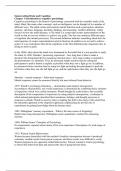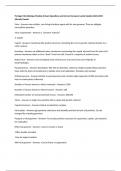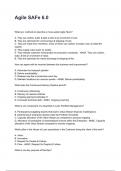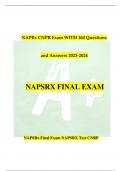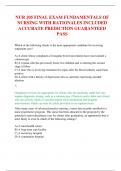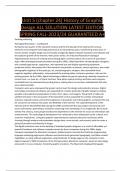Samenvatting
Samenvatting Brain and Cognition customized edition 2021 Cognitie & Gedrag UU () deeltentamen 1
- Instelling
- Universiteit Utrecht (UU)
Dit document is een samenvatting van het broek Brain and Cognition customized edition 2021. Het bevat de eerste 6 hoofdstukken nodig voor het eerste deeltentamen van Cognitie en Gedrag UU (). Succes met leren!
[Meer zien]
